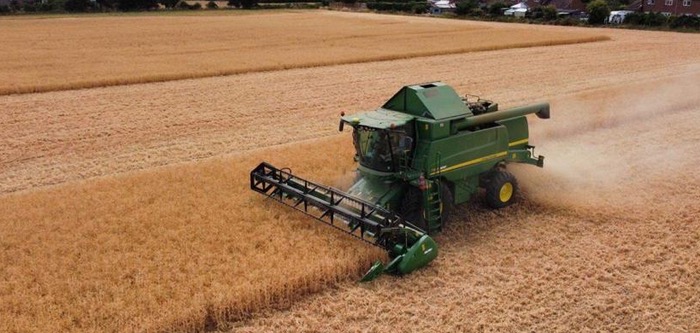Despite a week driven by a lack of fresh, fundamental news, the markets have managed to firm week on week on dry weather concerns relating to US spring crops. Talk of a hot and dry period over much of the US corn belt is perceived likely to cause some damage as crops become stressed, although with the corn crop further along its development stage, any potential damage may be limited.
Again, according to ADM, the EU markets followed the trend from Chicago, trading slightly higher week on week. EU exports have got off to a slow start this season, down 20% at just over 4m tonnes, as demand for EU supplies remains limited. Russian crop estimates continue to rise, and therefore, so does the export potential, which may be of use as there is increased talk of an Indian / Russian trade deal due to a weather-related lower crop. Talks continue to try and get all parties together, aiming to resurrect the Black Sea export deal, amidst continued attacks on Ukrainian export facilities, and on the Danube River.
UK delayed harvest puts spot price up
UK prices have moved up and down this, ending up just over £1/t w/w. The delayed harvest had allowed the ‘spot premium’ to extend, albeit not as high as over the previous weeks. The general lack of consumption demand, and export activity have gone hand in hand with reduced farmer selling, especially as markets weaken, and as we move out of what has been a ‘discounted harvest position’, we remain very much uncompetitive on price for export.
In summary, the US weather is now seen driving the markets, and coinciding with talk of lower Australian and Canadian production, has provided some buying impetus to the market. Black Sea production and availability continue to rise, and this will have an impact on the demand for EU exports. In the UK, the ‘spot premium’ has given provided growers another reason to sell, although as supplies start to improve, the realisation of the UK’s current market dilemma will soon hit home.




